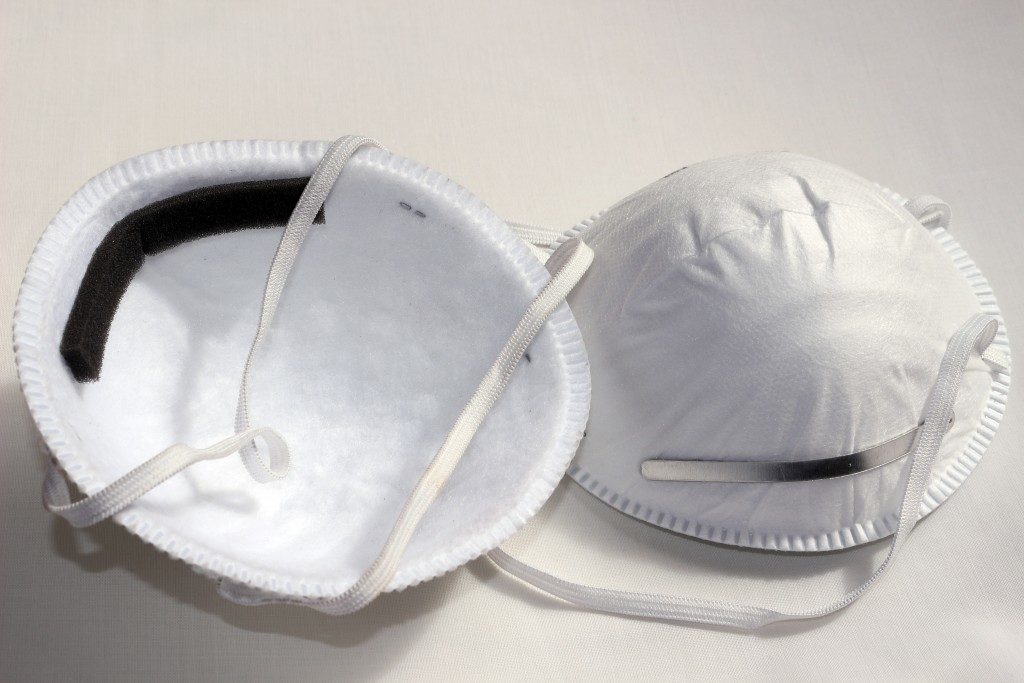An effective respiratory protection program must deal with the presence of particulates, gaseous contaminants, and oxygen deficiency equally well. Safety administrators must provide the right equipment, and conduct the necessary orientation to ensure workers’ health and safety. Required personal protective equipment can readily be sourced from safety equipment suppliers in Australia.
The respirator—its functions and many uses
There are two main types of respiratory protective devices or respirators. These are devices that supply air and devices that purify the air we breathe. Respirators that supply breathable air are also known as atmosphere-supplying equipment.
Some examples of air purifying devices are dust masks, particulate filters, and gas filters. Certain filters offer combined protection from gaseous contaminants and particulates. If there are no toxic hazards in the workplace, a dust mask should suffice. Meanwhile, specific filters must still be fitted to protect the wearer from a particularly precarious chemical compound. In certain situations, generic filters will not offer commensurate protection.
Protective devices at your disposal
Some respirators are loose-fitting while others are fitted to cover the mouth and nose. Some models protect the entire face, while others include the head. The types of respirator you will be required to wear depends on the hazards of your work.
Specific requirements such as protection from asbestos, silica, and other mechanically generated particulates must be fulfilled in exceptional circumstances. Typically, when someone is dealing with highly toxic substances, a full mask with specific filters is necessary.
When is respiratory protection imminent?
 Employers must always ensure the safety and wellbeing of their people. Numerous hazards are present in work environments where dust, fumes, vapours, and smoke are always present. Even when engineering controls allow for air cleansing and reduction of contaminants, the use of respiratory protective equipment is mandated. Exposure puts people at risk for impaired breathing, asthma, bronchitis, emphysema. Certain substances increase the risk of cancers and other chronic illness.
Employers must always ensure the safety and wellbeing of their people. Numerous hazards are present in work environments where dust, fumes, vapours, and smoke are always present. Even when engineering controls allow for air cleansing and reduction of contaminants, the use of respiratory protective equipment is mandated. Exposure puts people at risk for impaired breathing, asthma, bronchitis, emphysema. Certain substances increase the risk of cancers and other chronic illness.
In oxygen-deficient environments
In addition, a workplace may be subjected to loss of oxygen—which is necessary for life. Workers exposed to these situations must have the needed device. Acute oxygen deficiency has immediate effects on human beings. The heart rate increases, and there may be a loss of coordination. If the situation is not dealt with immediately, hypoxia may occur, and the person could lose consciousness. Even momentary oxygen deficiency could have grave effects on vulnerable cells and lead to permanent damage and disability.
Selecting the right respiratory protective equipment
Selecting a respirator is the task of an occupational health and safety expert. The level of air contamination must be determined first. In doing so, the respirator can be matched to the environmental hazards. The equipment is virtually useless if the respirator cannot handle the concentration of contaminants in the air.
The safety officer must be aware of additional concerns when biological hazards are present. Moreover, updating of risk assessment and solutions is mandatory for a workplace where the atmosphere can be explosive or flammable.
Individuals working in hazardous environments must always be safeguarded. Current respiratory protective equipment offers adequate protection, but only when the respirator is matched to the environmental hazards.



